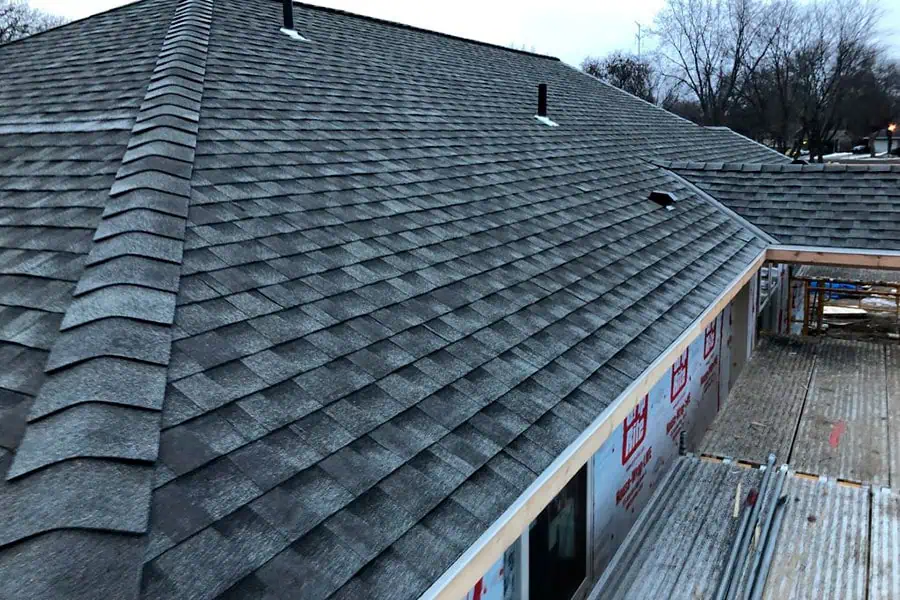Roof Replacement For Asphalt Shingles In Florida

Introduction
Asphalt shingles are a popular roofing material made from a base (either organic or fiberglass) that is saturated with asphalt and coated with mineral granules. They are widely used in North America due to their affordability, ease of installation, and variety of styles and colors.
History
Asphalt shingles were developed in the early 20th century as an alternative to wood shingles. Over the years, advancements in materials and manufacturing processes have significantly improved their durability and aesthetic options, making them a preferred choice for many homeowners.
Types of Asphalt Shingles
- Three-Tab Shingles: These are traditional, flat shingles with a uniform appearance. They are the most basic and economical type of asphalt shingles.
- Architectural Shingles: Also known as dimensional or laminate shingles, these offer a more textured and layered look, providing a more visually appealing roof.
- Luxury Shingles: These high-end options mimic the appearance of natural materials like slate or wood, offering superior aesthetics and durability.

Benefits of Asphalt Shingles
- Cost-Effective: Asphalt shingles are generally less expensive than other roofing materials, making them a budget-friendly option.
- Versatility: They are available in a wide range of colors and styles, allowing homeowners to choose a look that complements their home’s architecture.
- Durability: Asphalt shingles are resistant to wind, fire, and algae growth, contributing to their long lifespan.
- Ease of Installation: They can be installed quickly and with minimal specialized tools, reducing labor costs and installation time.
Considerations for Replacement
- Signs of Wear: Common signs that indicate the need for replacement include curling, cracking, missing shingles, or granule loss.
- Age of Roof: Asphalt shingles typically last between 20-30 years. If the roof is approaching this age, it may be time to consider replacement.
- Weather Damage: Severe weather events, such as storms or hail, can cause significant damage that necessitates replacement sooner than expected.
Replacement Process
- Inspection and Assessment: A thorough evaluation of the current condition of the roof is conducted to determine the extent of the damage and the scope of the replacement.
- Removal of Old Shingles: The existing shingles and underlayment are stripped away to expose the roof deck.
- Repairing the Roof Deck: Any damaged areas of the roof deck are repaired to ensure a solid foundation for the new shingles.
- Installing Underlayment: A protective underlayment is laid down to provide an additional layer of protection against moisture.
- Installing New Shingles: The new asphalt shingles are placed and secured according to manufacturer specifications.
- Final Inspection: A final inspection is conducted to ensure proper installation and to address any issues that may arise.

Costs
- Material Costs: The cost of materials varies based on the type and quality of shingles chosen.
- Labor Costs: Labor costs depend on the complexity of the roof and local labor rates.
- Additional Costs: Additional expenses may include permits, disposal fees, and repairs to the roof deck.
Environmental Impact
- Recycling: Many asphalt shingles can be recycled into road paving materials, reducing landfill waste.
- Energy Efficiency: Some shingles are designed to reflect more sunlight, which can reduce cooling costs and improve energy efficiency.
Conclusion
Asphalt shingles are a practical and popular roofing choice, offering a balance of cost, durability, and aesthetic appeal. Innovations in materials and manufacturing processes continue to enhance their performance and sustainability, making them a reliable option for homeowners.
